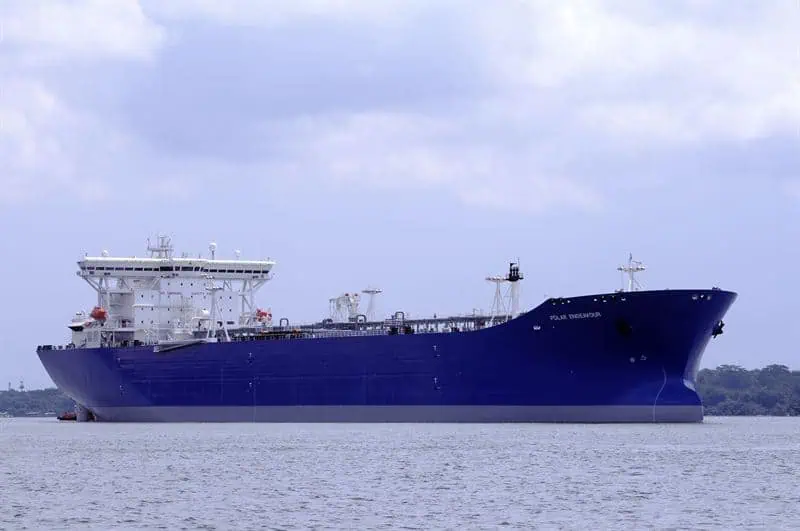ABS, ConocoPhillips Polar Tankers, Sembcorp Marine Ltd and 3D Metalforge have taken a significant step to make additive manufacturing (AM) – also known as 3D printing – a reality in the marine industry through a joint development project. Parts fabricated by AM and installed on an oil tanker six months ago have been validated to be in good working condition.
This pioneering AM project started in February 2021 with the fabrication and lab-testing of functional additive manufactured parts, which were then installed on board the oil tanker Polar Endeavour. After six months in operation, all parts have since been retrieved and inspected by the vessel’s crew, followed by a remote survey by ABS.
Patrick Ryan, ABS Senior Vice President, Global Engineering and Technology, said, “We are delighted with the performance of the parts and the successful completion of the project. It’s an important step forward for a technology that certainly has a significant role to play in the future of the marine industry. ABS is committed to ensuring these types of parts are introduced without compromising safety.”
Additive Manufacturing or 3D printing is the fabrication of parts by adding material layer by layer. It means products and components can be fabricated locally or potentially on board ships and offshore assets, shrinking the supply chain and lead times for specialized and complex parts, introducing new efficiencies driven by design innovation, reduced manufacturing time, and improvements in parts availability.
Traditional parts used in shipbuilding and repair are manufactured via casting or forging techniques. For this project, the consortium utilized AM to fabricate three types of parts that meet or may even exceed conventionally manufactured products in terms of quality. ABS has now approved these additive manufactured spare parts after successful onboard testing on an oil tanker.
The three parts were:
- Gear set and gear shaft for boiler fuel supply pump: The gear set comprises a drive gear which rotates the idle gear connected to the pump which creates a suction force to fill the void with fluid. The shaft connects the impeller to the motor/engine, which is the power source.
- Flexible coupling for marine sanitation devices pump: The flexible coupling connects a driver shaft to a driven shaft for power transmission. The two shafts include metal components for two coupling sleeves and non-metallic components for coupling spider which permit misalignment adjustments.
- An ejector nozzle for fresh water generator which increases the fluid velocity to transform high static pressure into velocity pressure.
Robert Noyer, ConocoPhillips Polar Tankers Engineering Superintendent, said, “The superior performance of these parts in service is a testament to the rigorous engineering, manufacturing and post-production testing put in place by the team involved with this venture. We look forward to future opportunities to support our vessels with this technology.”
Sembcorp Marine Head of Research & Development, Simon Kuik, said: “The success of this project augurs well for the adoption of AM in the marine industry. Through AM, Sembcorp Marine is able to customize parts for our customers and reduce material wastage and remove supply chain inefficiencies. This augments our value proposition as a one-stop innovative solutions provider for the offshore, marine and energy industries and affirms our sustainability ethos.”
Matthew Waterhouse, 3D Metalforge Managing Director, added, “We are proud to work as a trusted partner, with companies like ABS, Sembcorp Marine and ConocoPhillips Polar Tankers to provide greater value through new and innovative manufacturing solutions, and to help meet changing component manufacturing, supply chain and sustainability challenges. The inspection and validation of these additively manufactured components support our belief in this technology and its application. This exposure to Additive Manufacturing’s capabilities will broaden its commercial applications and acceptance in the future.”
ABS has been supporting the industry with the introduction of AM since 2017. In 2021, the ABS Guide for Additive Manufacturing was published, focusing on two main categories of metal AM processes: Powder Bed Fusion and Directed Energy Deposition. The Guide defines the ABS approval and certification process for AM facilities and AM parts by providing standards for AM design, feedstock material, pre-build, build and post-build processes, inspection and testing. The Guide includes a strong focus on the quality of the materials and of the manufacturing process, both of which are key elements of the ABS process. Download a copy of the Guide here.












